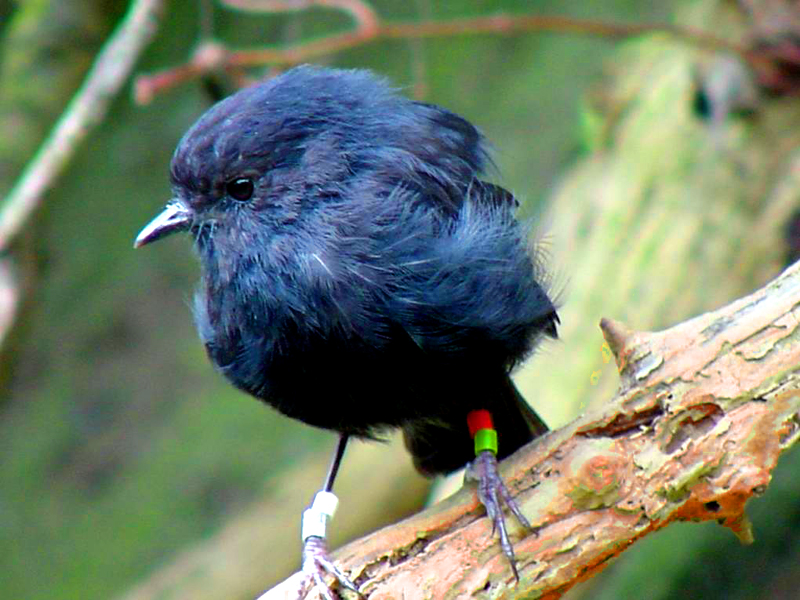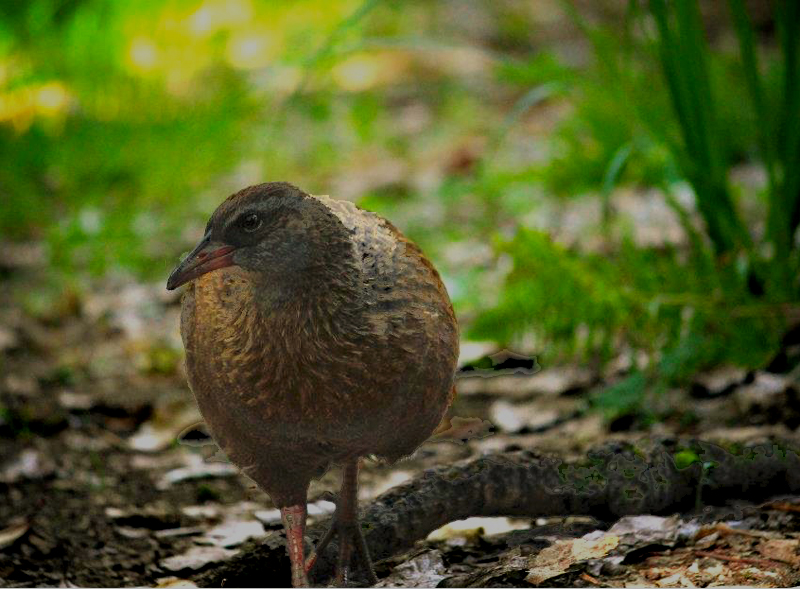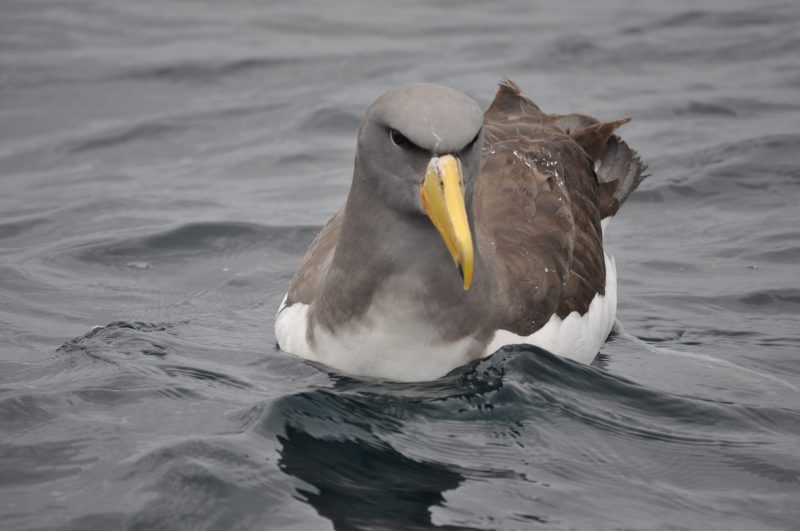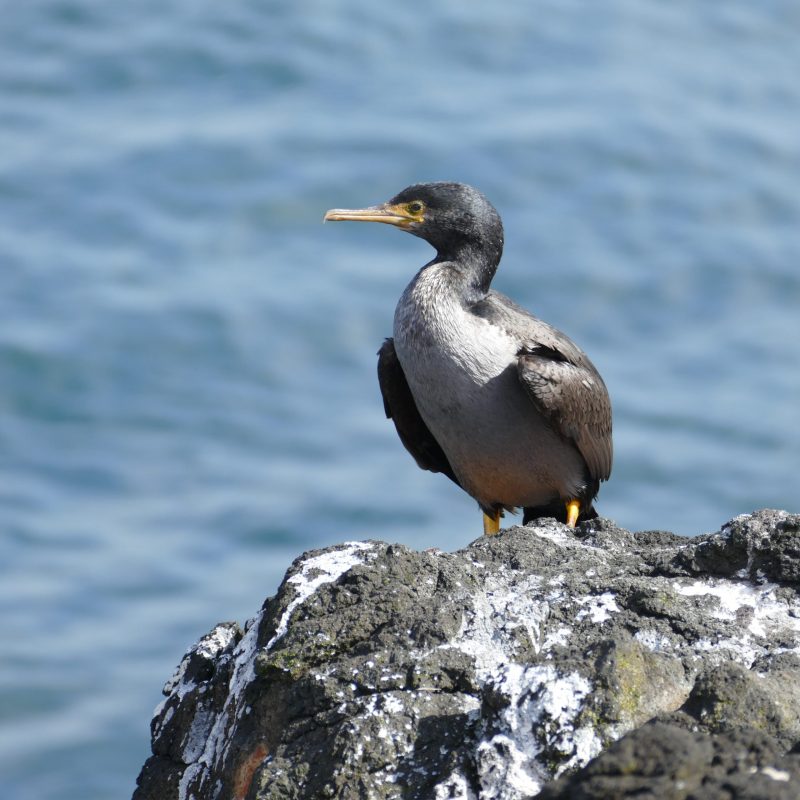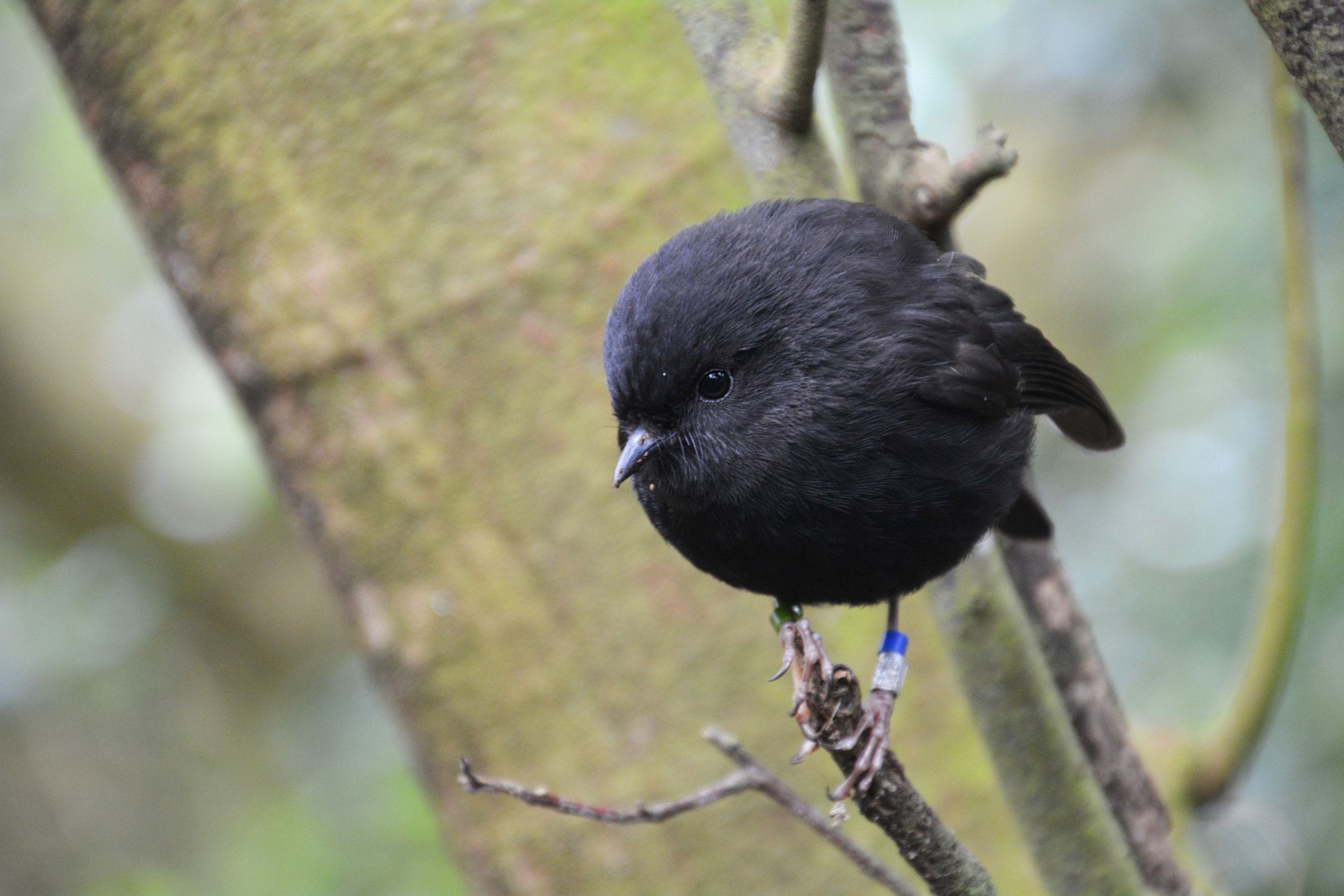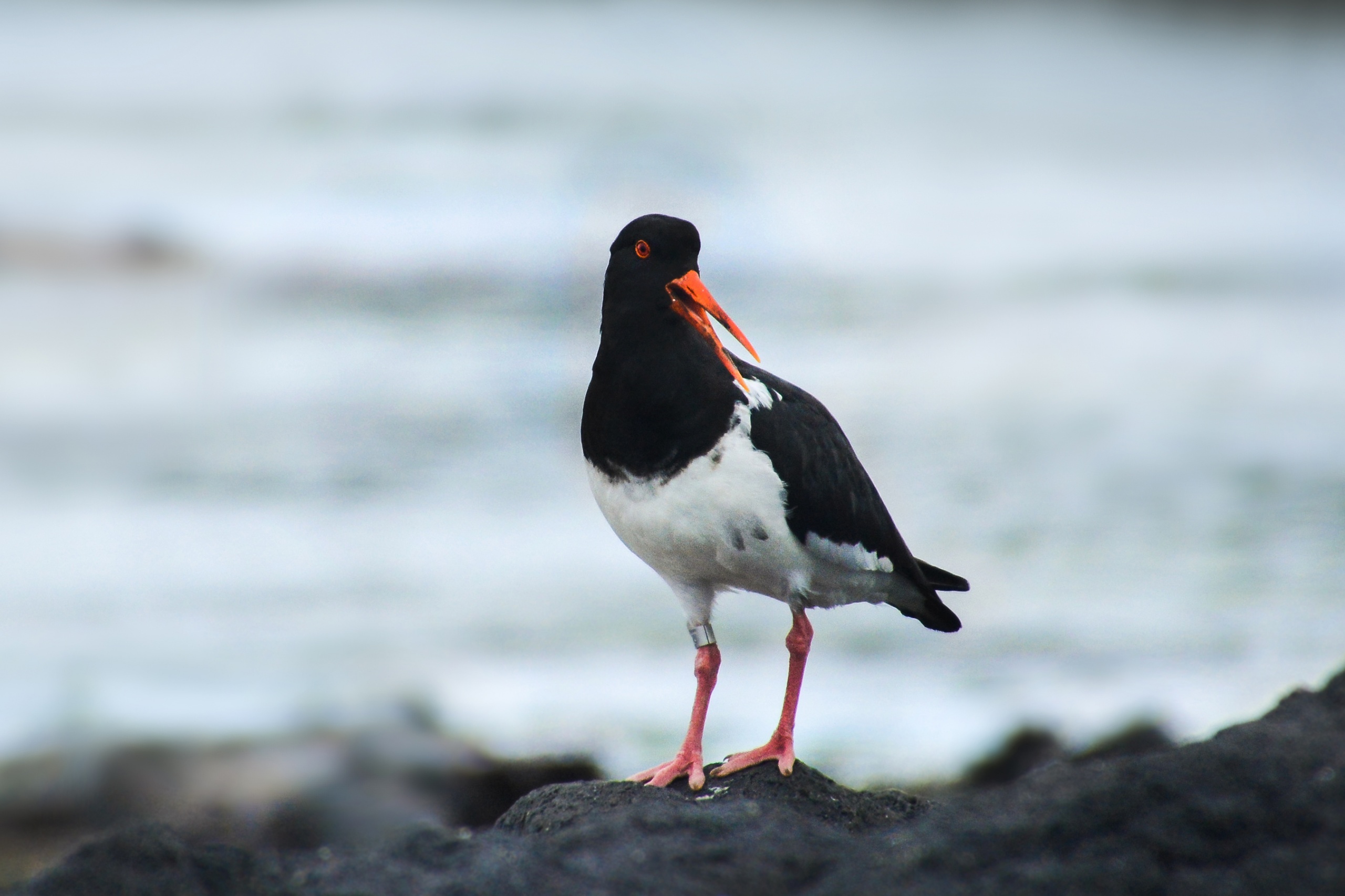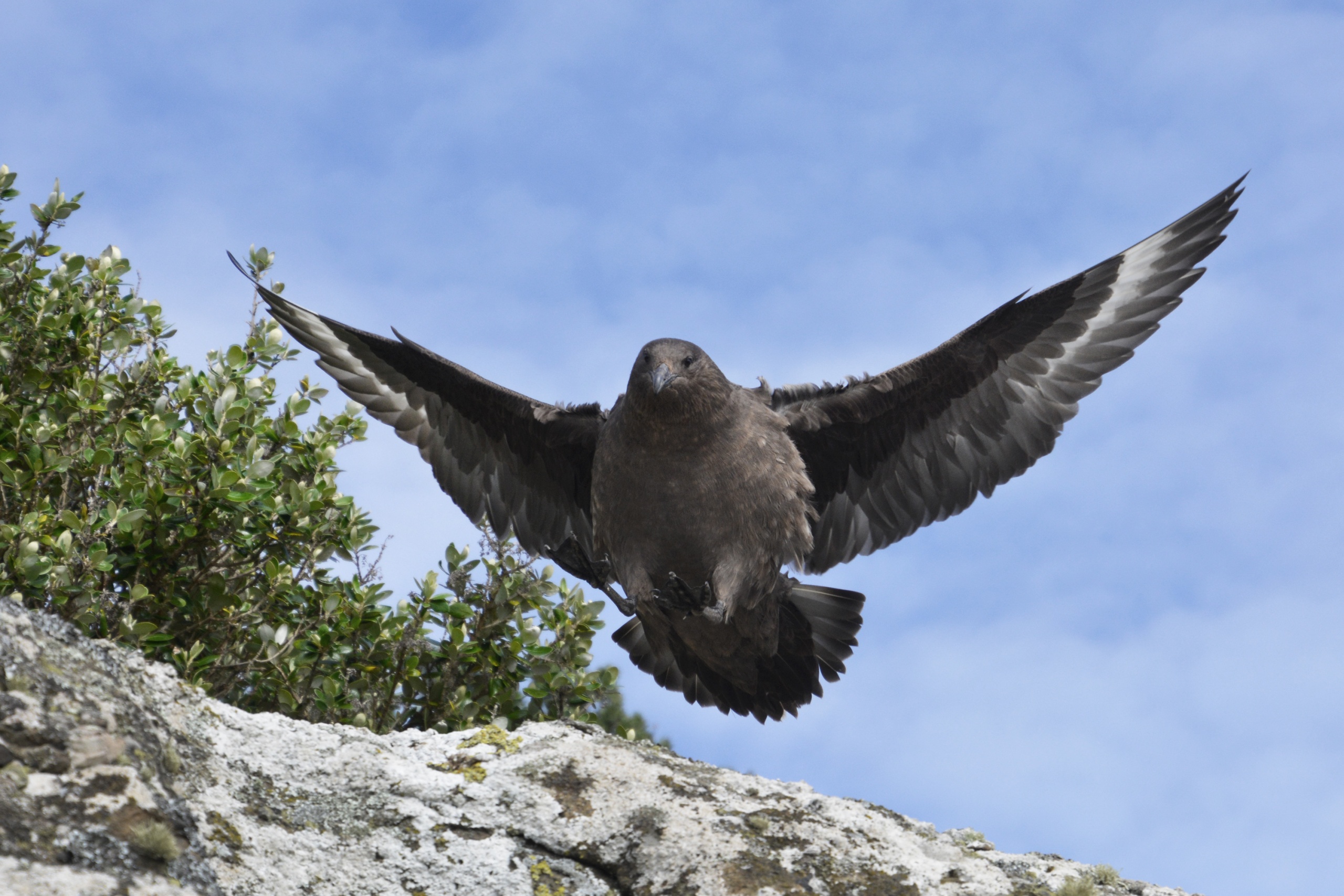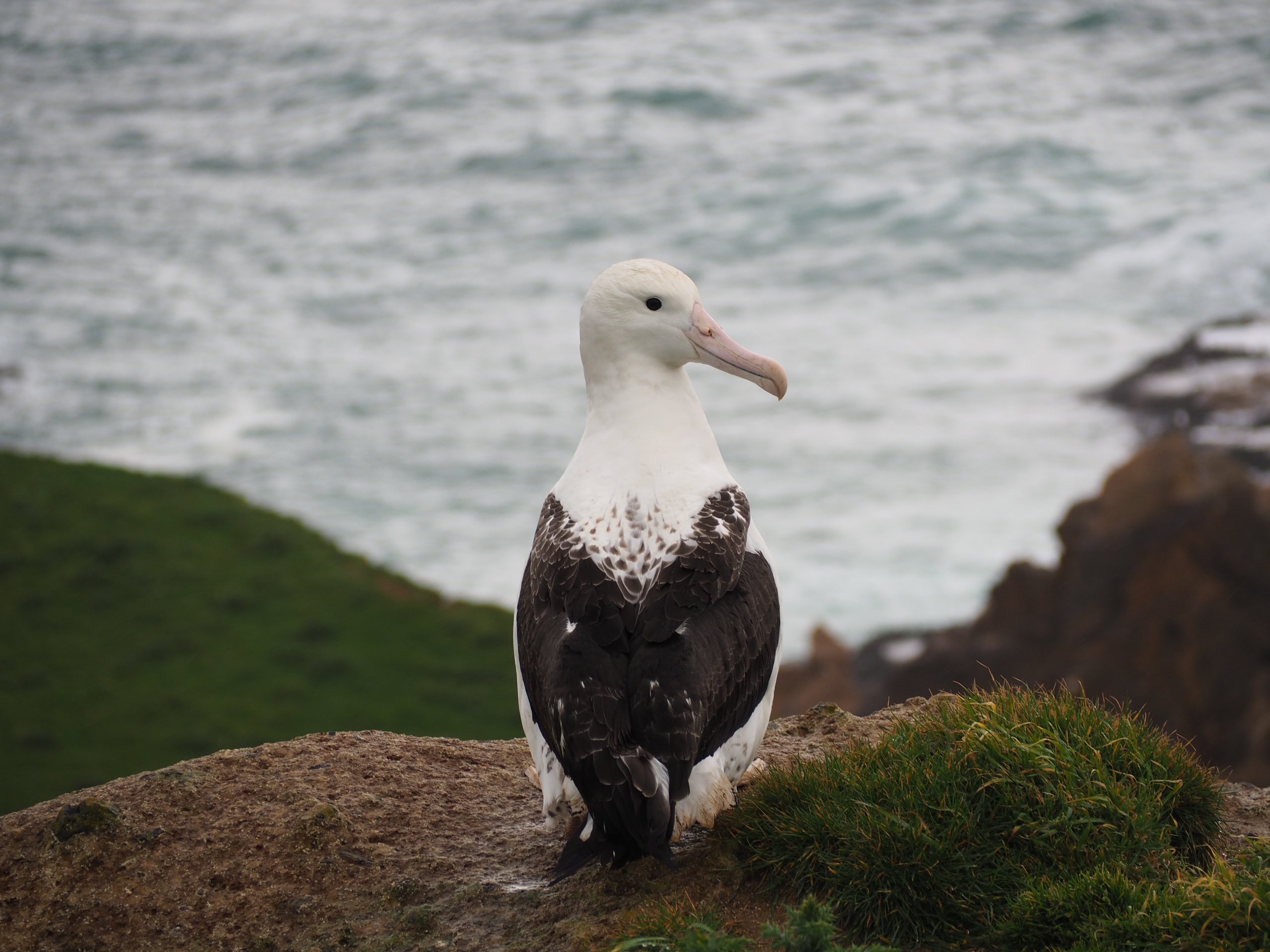Chatham Islands Birdlife
There are so many species that can be seen without having to go too far off the beaten path, that birdwatchers, botanists, ornithologists and wildlife experts simply love coming to the Chathams.
For the hardier and more scientific observers, the offshore islands and coastlines provide glimpses of even more rarer and nomadic species.
The birds featured in the slide-show are just a sample of the 50+ species that call these islands home. Some are just passing through on their annual migration. Others are more recent visitors and some 18 species are endemic to the islands.
Below is a selection of information about the bird life on the Chatham Islands.
Much more detail can be obtained from the publication Birds on the Chatham Islands produced by the Department of Conservation and available from the Department of the Hotel Chathams Gift Store
7 That's how many Black Robin were left in the late 1970s
11 That's how many chicks Old Blue successfully produced 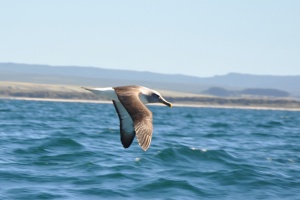
30+ That's roughly how many breeding pairs of Chatham Island Taiko there are
40 That's roughly how many Parea (Chatham Island pigeon) were left in 1990
40 That's how many Chatham Island Tomtit were transferred from Rangatira and Pitt Islands to Chatham island in 2011 after 50 Years absence
200+ That's how many Parea there are estimated to be in 2020.
250+ That's how many Black Robin there are today
1200+ That's how many snipe there are on Rangatira Island, with some on Mangere
1905 That's when the Buff Weka were first introduced to the Islands
1978 That's when the Chatham Island Taiko was rediscovered
2019 That's when Parea were re-introduced to Pitt Island
- The Chatham Island black robin is another bird saved from extinction in the late 1970s, when there were only 7 birds remaining on Little Mangere Island (Tapuaenuku) with "Old Blue" being the only remaining productive female. They are currently confined to Mangere Island with a population of some 250 birds.
- The Chatham Island Taiko was thought to be extinct for over a century. There are currently around 30 breeding pairs and the entire known population is found in the southwestern forests of Chatham Island.

- The Chatham Island red-crowned Parakeet occurs on the 4 largest islands, but their stronghold is on Rangatira Island (Southeast Island).
- The Forbes Parakeet is one of New Zealand’s rarest Parakeets and is only found on Mangere Island.
- The Chatham Island Warbler is abundant on Rangatira and Mangere Islands and present on Pitt Island and Southern Chatham Island.
- The Chatham Island Tui were rarely seen on Chatham Island but are common on Pitt Island. However, after a successful relocation programme to the South Coast they are breeding on the Southern Coast of Chatham Island . They have also been seen recently on the Northern Coast (for the last 3 years) during summer feeding on the flowering Harekeke"
- Chatham Island Mollymawk chicks have been transferred to Chatham Island to create a second breeding site to ensure the ongoing safety of the species.
- The Parea (Chatham Island pigeon) is one of the worlds heaviest pigeons.
- the Parea can be seen occasionally feeding during summer in the North of Chathams as well as their home areas in the South.
- The Chatham Island Oyster Catcher population is now estimated to be more than 320 birds. DOC run an ongoing trapping programme during breeding season to save this vulnerable species.
- The Chatham Island Petrel population was heading steadily towards extinction, but are now recovering thanks to some innovative management.
- A recovery programme for shore plover has restored the populations on Rangatira and Mangere.
- The Chatham Islands Blue Penguin are endemic to Chatham Islands and their breeding sites are widely spread amongst the islands. They appear to have benefited from the protection of other birds species on the islands, for example, the Torea (Chatham Island Oyster catcher)
- The Chatham Island Shag is a black and white shag that can be found on the coast of Chatham Island, around Te Whanga Lagoon, Rabbit Island, North East Island and Star Keys.
Did you know......
- That every living Chatham Island black robin is related to "Old Blue".
- That the Chatham Island taiko is one of the world's rarest seabirds.
- The buff weka is hunted and eaten by Chatham Islanders.

- That Chatham Island tui do not 'sing' as 'musically' as New Zealand tui.
- That until recently, the Pyramid was the only breeding site for Chatham Island mollymawk.
- That the Sisters is the only place that royal albatross breed in the Chathams.
- That cats, o'possum, weka, skua and hawk love to eat Chatham Island oystercatcher chicks.
- That Chatham Island petrel have been re-located to predator-proof enclosures on both Pitt and Chatham islands.
- That the Pitt Island shag is the only shag on the islands to have yellow feet and legs and green around the eyes.
The following lists of birds, presented in their preferred or usual habitat has been collated from public domain information, local knowledge and several publications, both print-based and electronic. This is not a complete list as there are several species now extinct not on the list, and several species that are accidental visitors, but present intermittently or occasionally.
Brown skua Catharacta skua lonnbergi
Chatham Island blue penguin Eudyptula minor chathamensis 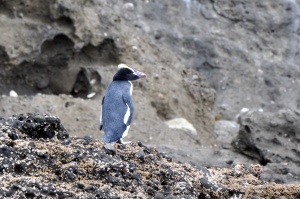
Chatham Island oystercatcher Haematopus chathamensis
Chatham Island shag Leucocarbo onslowi
Eastern bar-tailed godwit Limosa lapponica baueri
Lesser knot Calidris canutus
New Zealand shore ploverThinornis novaeseelandiae
Pacific golden plover Pluvialis fulva
Pitt Island shag Stictocarbo featherstoni
Red-billed gull Larus novaehollandiae scopulinus
Southern black-backed gull Larus dominicanus
Turnstone Arenaria interpres
White-faced heron Ardea novaehollandiae
White-fronted tern Sterna striata
Australasian pied stilt Himantopus himantopus leucocephalus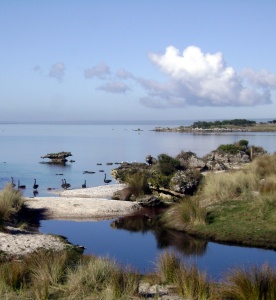
Black shag Phalacrocorax carbo
Black swan Cygnus atratus
Feral goose Anser anser
Grey duck Anas superciliosa
Mallard Anas platyrhynchos
Marsh crake Porzana pusilla
Pukeko Porphyrio melanotus
Spotless crake Porzana tabuensis
Black robin Petroica traversi
Chatham Island fantail Rhipidura fuliginosa penita
Chatham Island pigeon Hemiphaga chathamensis
Chatham Island red-crowned parakeet Cyanoramphus novaezelandiae chathamensis 
Chatham Island snipe Coenocorypha pusilla
Chatham Island tomtit Petroica macrocephala chathamensis
Chatham Island tui Prosthemadera novaeseelandiae chathamensis
Chatham Island warbler Gerygone albofrontata Parea Hemiphaga chathamensis
Forbes’ parakeet Cyanoramphus forbesi
Shining cuckoo Chrysococcyx lucidus
Silvereye Zosterops lateralis
Antipodean albatross Diomedea antipodensis
Black-winged petrelPterodroma nigripennis
Broad-billed prionPachyptila vittata 
Chatham Island fulmar prion Pachyptila crassirostris pyramidalis
Chatham Island mollymawk Thalassarche eremita
Chatham petrel Pterodroma axillaris
Chatham Island taiko Pterodroma magentae
Fairy prion Pachyptila turtur
Grey-backed storm petrel Oceanites nereis
Indian yellow-nosed mollymawk Thalassarche carteri
Northern giant petrel Macronectes halli
Northern royal albatross Diomedea sanfordi
Pacific mollymawk Thalassarche
Salvin’s mollymawk Thalassarche salvini
Snares cape pigeon Daption capense australe
Sooty shearwater Puffinus griseus
Southern diving petrel Pelecanoides urinatrix chathamensis
Subantarctic little shearwater Puffinus assimilis elegans
White-capped mollymawk Thalassarche steadi
White–faced storm petrel Pelagodroma marina maoriana
Australasian harrier Circus approximans
Banded dotterel Charadrius bicinctus bicinctus 
Blackbird Turdus merula
Buff weka Gallirallus australis hectori
California quail Callipepla californica
Chaffinch Fringilla coelebs
Chatham Island pipit Anthus novaeseelandiae chathamensis
Dunnock Prunella modularis
GoldfinchCarduelis carduelis
Greenfinch Carduelis chloris
House sparrow Passer domesticus
Redpoll Carduelis flammea
Skylark Alauda arvensis
Song thrush Turdus philomelos
Starling Sturnus vulgaris
Welcome swallow Hirundo tahitica neoxena
Yellowhammer Emberiza citrinella

